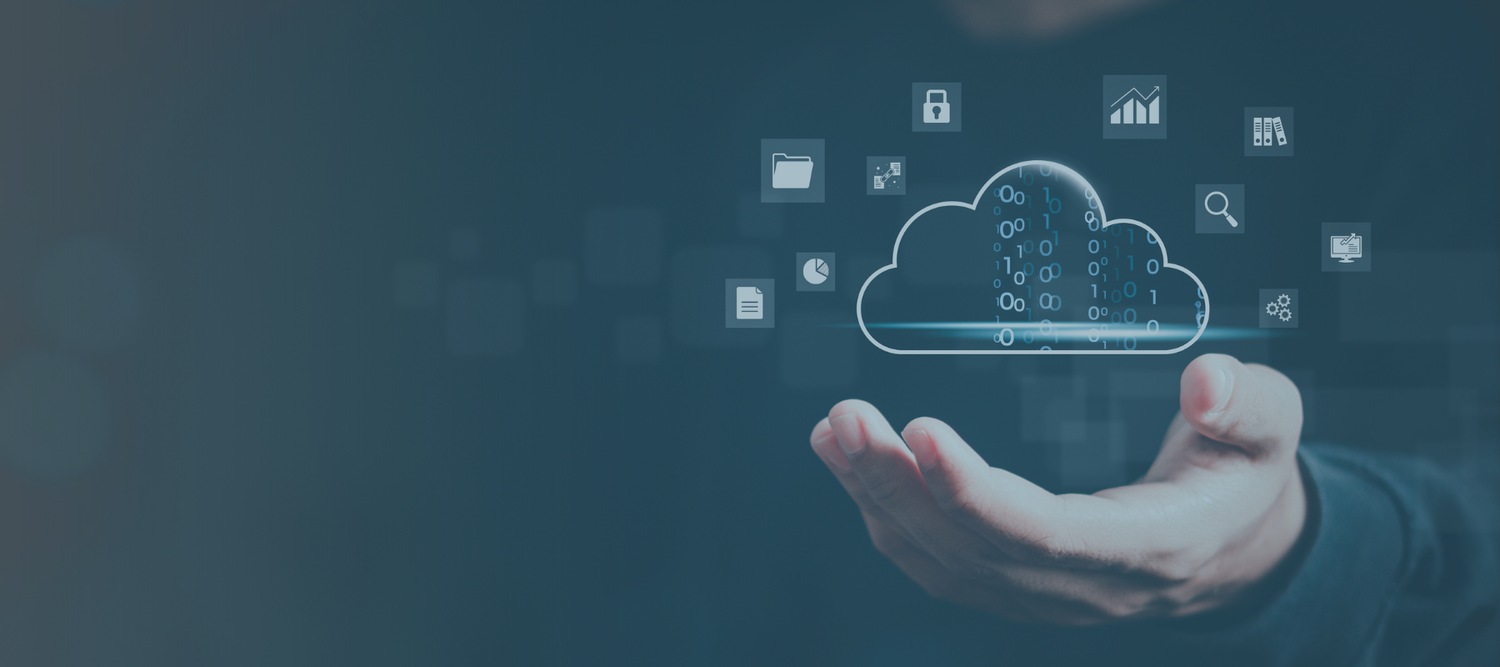Securing Remote Access: Essential Strategies for Today’s Workforce
With remote work now a critical aspect of business operations, securing remote access has become a top priority. As cyber threats evolve, so must our security strategies, which means staying informed about the latest trends and tools that protect remote work environments.
Top Trends in Securing Remote Access
1. Zero Trust Architecture: A Proactive Defense
Zero Trust security has become a foundational approach for securing remote access. By verifying every user and device at every point of access, Zero Trust minimizes risk by ensuring that only authorized entities gain access to sensitive data and applications, whether on-site or remote.
2. Adaptive Multi-Factor Authentication (MFA)
Basic MFA is no longer enough; adaptive MFA, which considers additional factors like user location, device type, and behavioral data, provides stronger security for remote access. This approach helps prevent unauthorized access, even if user credentials are compromised.
3. Endpoint Security with EDR and MDM Solutions
Ensuring that every device connecting to your network is secure is crucial. Endpoint Detection and Response (EDR) and Mobile Device Management (MDM) platforms give IT teams control and visibility over all remote devices, allowing for swift responses to potential threats.
4. Network Segmentation for Enhanced Protection
By dividing networks into smaller, isolated segments, network segmentation helps prevent unauthorized lateral movement within a network. This approach is particularly valuable for remote work environments, where breaches are more likely due to diverse connection points.
5. Secure Access Service Edge (SASE) Implementation
Combining network security and WAN capabilities into a single, cloud-based service, SASE offers secure access to applications for remote users from any location. SASE helps simplify the infrastructure, allowing for more seamless and secure connections.
In a normal business workflow scenario, internal traffic stays on the company-owned infrastructure. All current company policies, procedures and governance apply, and only traffic destined for the Internet is allowed.
In a traditional VPN work-from-home workflow, best practice is to backhaul all traffic to the corporate data center. This creates congestion due to traffic traversing the Internet connection twice. It quickly consumes all Internet bandwidth, and is not scalable as more services move to the cloud.
Implementing Best Practices for Secure Remote Access
Regular Security Training: With remote work, employees are the first line of defense. Regular training on recognizing phishing attempts, securing personal devices, and practicing safe browsing habits is essential.
Continuous Monitoring and Analytics: Advanced analytics and continuous monitoring help detect suspicious activities in real-time, allowing IT teams to mitigate risks proactively.
Policy Management and Compliance: Keep security policies up-to-date, especially regarding remote access. Regular audits help ensure compliance with industry standards and protect against emerging threats.
What is Secure Access Service Edge (SASE)?
Short-term solutions are most important right now, but your immediate decisions can position your organization up for long-term success. Secure Access Service Edge, known as SASE, is a long-term architecture path that will shift your organization's Internet edge to the cloud. It enables fully-scalable security, and the ability to apply and synchronize all current company policies, procedures, and governance strategies. With SASE, your security policies apply to all traffic.
Success Stories: Securing Remote Access
Case Study 1: First Bankers Trust Enhances Hosting Environment Reliability
First Bankers Trust aimed to reduce risk and support compliance by strengthening the reliability of its two data centers to improve application access. Burwood Group designed and implemented a solution to add full high-availability and redundancy, enhancing business performance.
Burwood
Case Study 2: Carle Foundation Hospital's Network and Call Center Transformation
Carle Foundation Hospital partnered with Burwood Group to address an emergency outage, leading to a comprehensive network and call center transformation. This collaboration resulted in improved reliability and efficiency of their communication systems.
Burwood
Further Resources and Support
To learn more about secure remote access solutions tailored to your organization’s needs, download our Remote Collaboration Whitepaper.
Secure Your Remote Workforce Today Contact Us for more resources and to schedule a consultation with Burwood’s experts on secure remote access.






